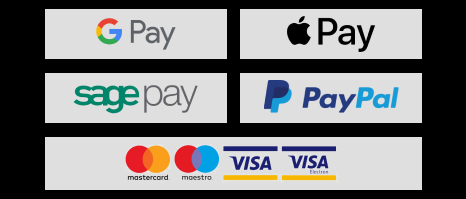Beach and Seascape Photography with Carl Evans
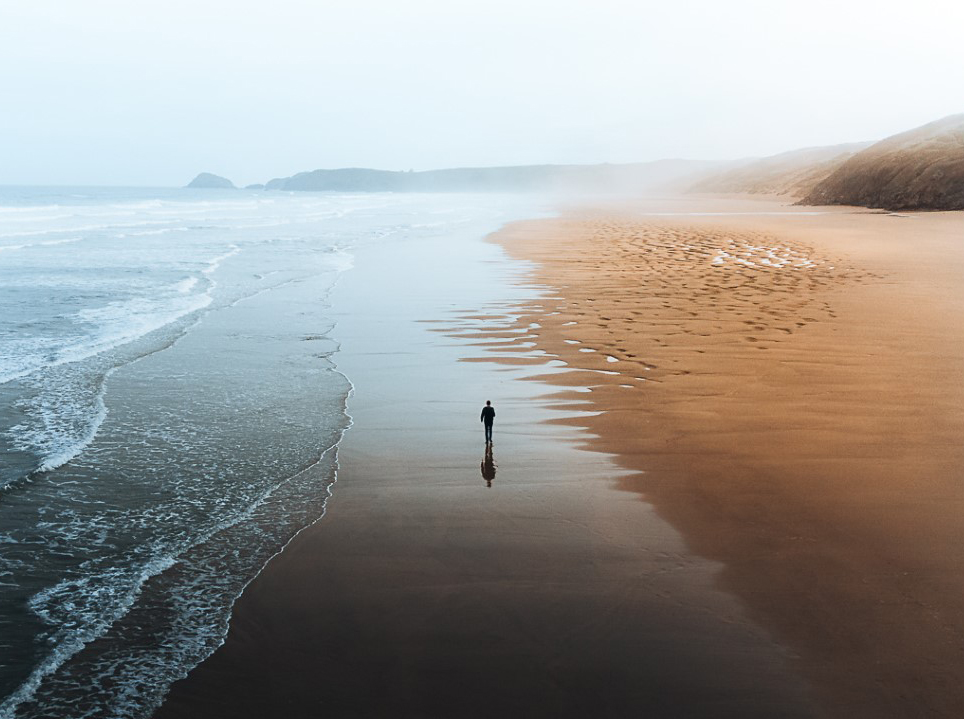

Carl Evans is a photographer based in South Wales. Below he gives some tips on how to photograph beach/seascape photos this summer.
Be prepared
For my style of beach photography I prefer to shoot at sunrise/sunset when the light is golden and softer. I always plan before I head out anywhere, I will check the weather in advance and I will also want to know the sun (or moon) positioning, as this will play a big part in the scene. Look for things like cloud coverage and mist/fog which can really emphasise your photo. This will include using weather apps such as the MetOffice, ClearOutside and PhotoPills for planning the sun, moon or milky way position.
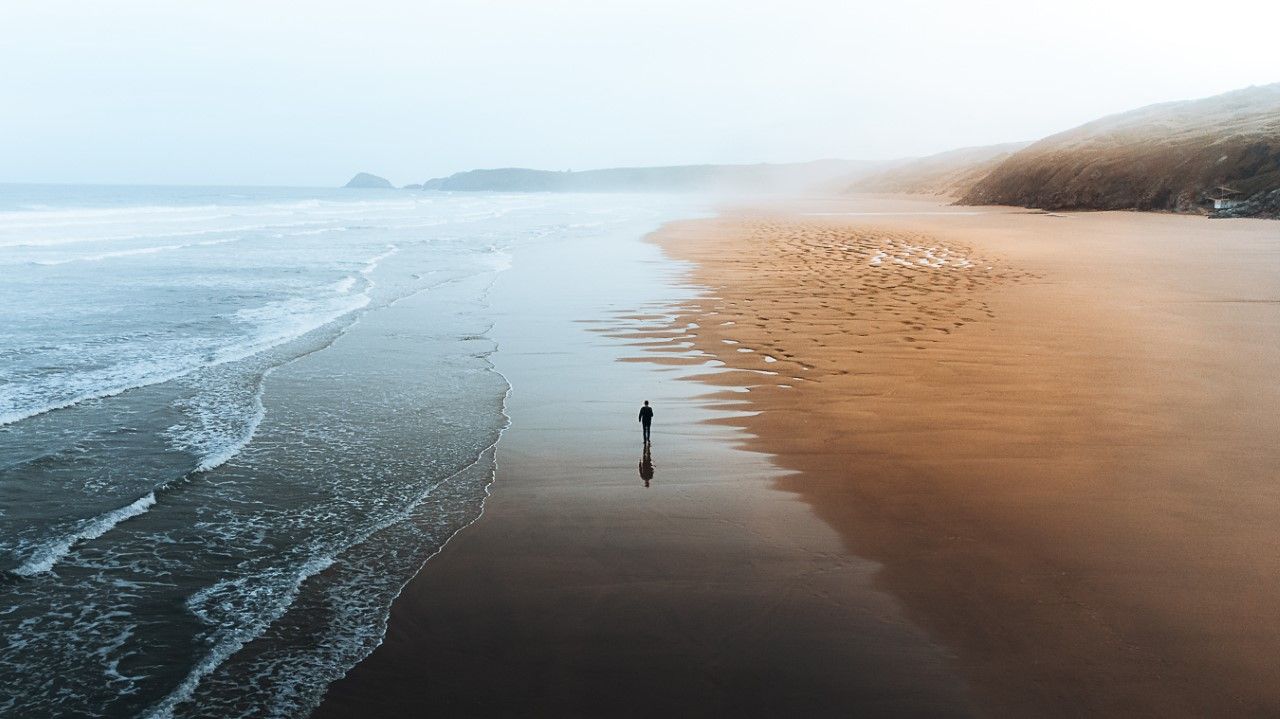
Look for unique perspectives
I always look for unique perspectives and try to avoid the ‘standard’ photo. Do your research on your location and get there nice and early to have a wander around. Look for things like leading lines, framing, textures and a strong subject that will help your photo come to life. Getting low or pointing your camera downwards with a strong foreground will add depth to your photos and and give you extra dimension. Shoot through things and experiment with compositional guides such as the rule of thirds. My favourite is probably an aerial perspective, but be sure to frame your photo correctly. Don’t just fly your drone as high as you can, use it to get unique angles and viewpoints that you can’t achieve with a camera.
|
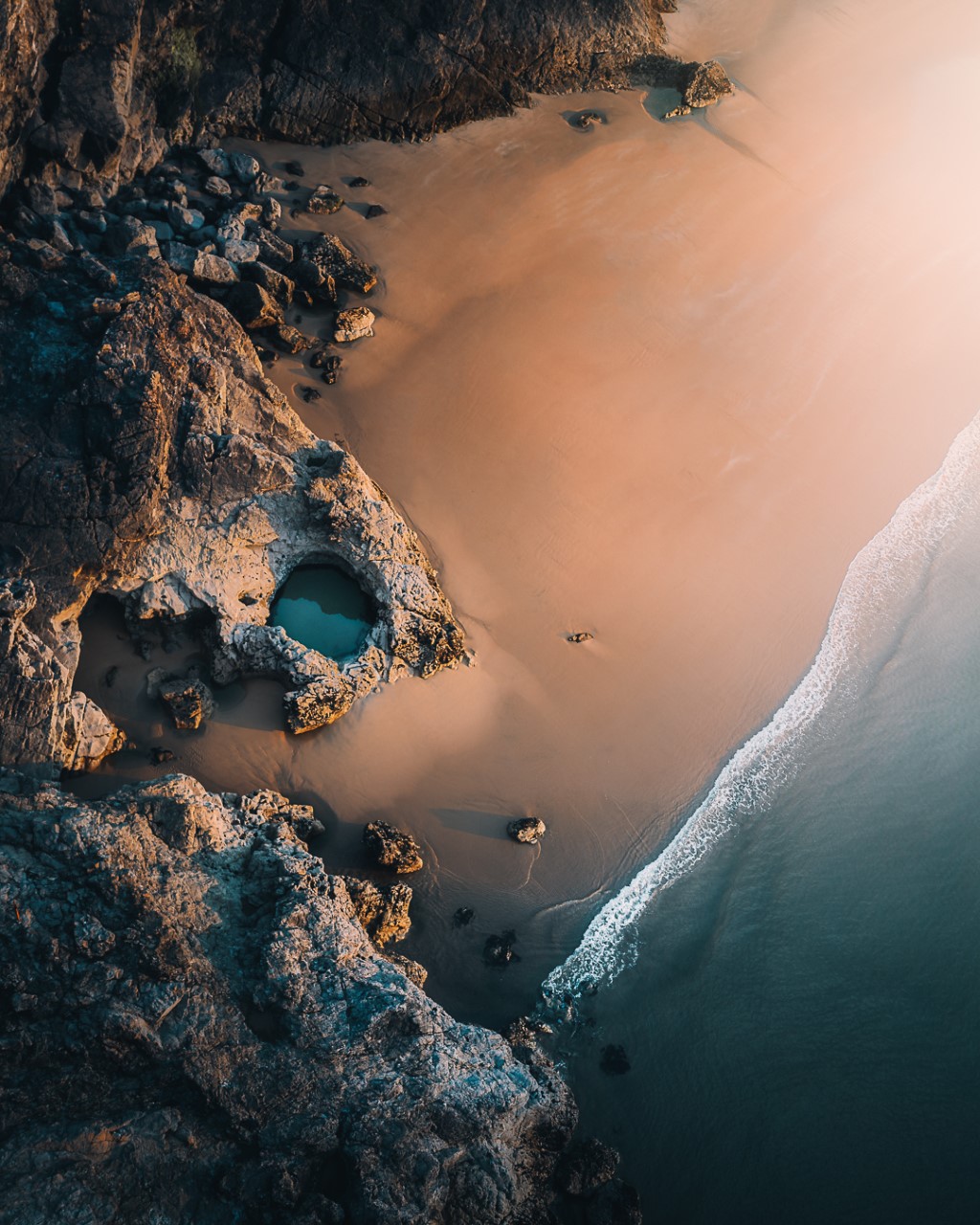 |
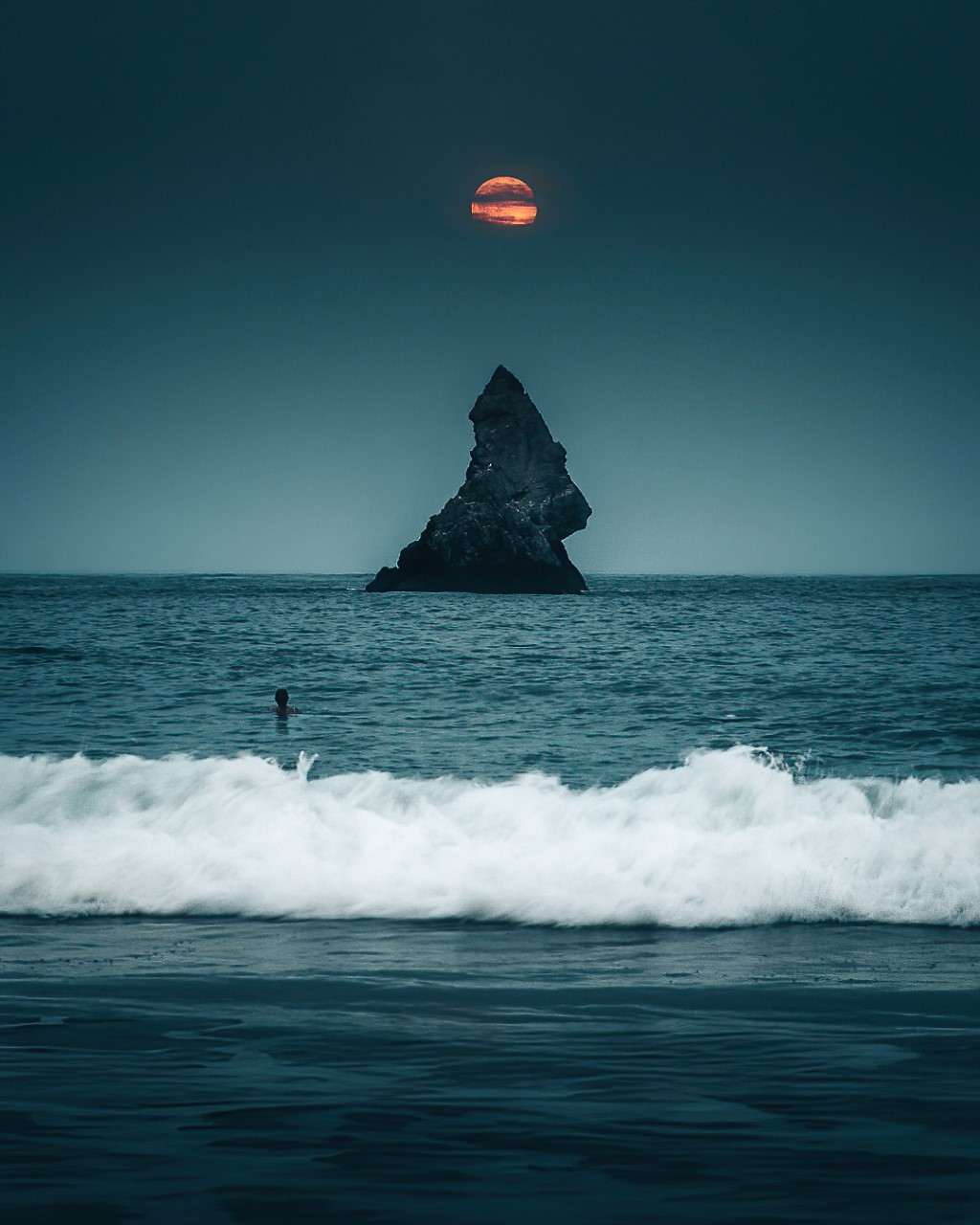 |
Tell a story
The beach brings so many different subjects that you can photograph. Including a person or strong subject can help bring emotion to the viewer and help project a story. Some subjects that I commonly use are people/surfers, the moon, boats, and lighthouses. You don’t always need a complicated or spectacular subject, sometimes less is more and I often find myself shooting minimal. |
What settings to use?
I always shoot in RAW, this gives me greater flexibility when it comes to my editing process. My camera settings will vary depending on the subject and the look that I am going for. I often shoot panoramas, particularly when using a drone so that I can capture a greater field of view. This also gives me a higher resolution image when merged, that allows me to crop further if needed. In harsh light, I will bracket exposures (with 3-5 shots) so that I can capture higher dynamic ranges and get better detail from the shadows and highlights. Whenever I am shooting around the sea, I will always consider using a polariser, this will help to minimise reflections. When using a polariser, you will need to be at a 90 degree angle to the sun. If you are shooting straight at the sun, it will have little to no effect.
|
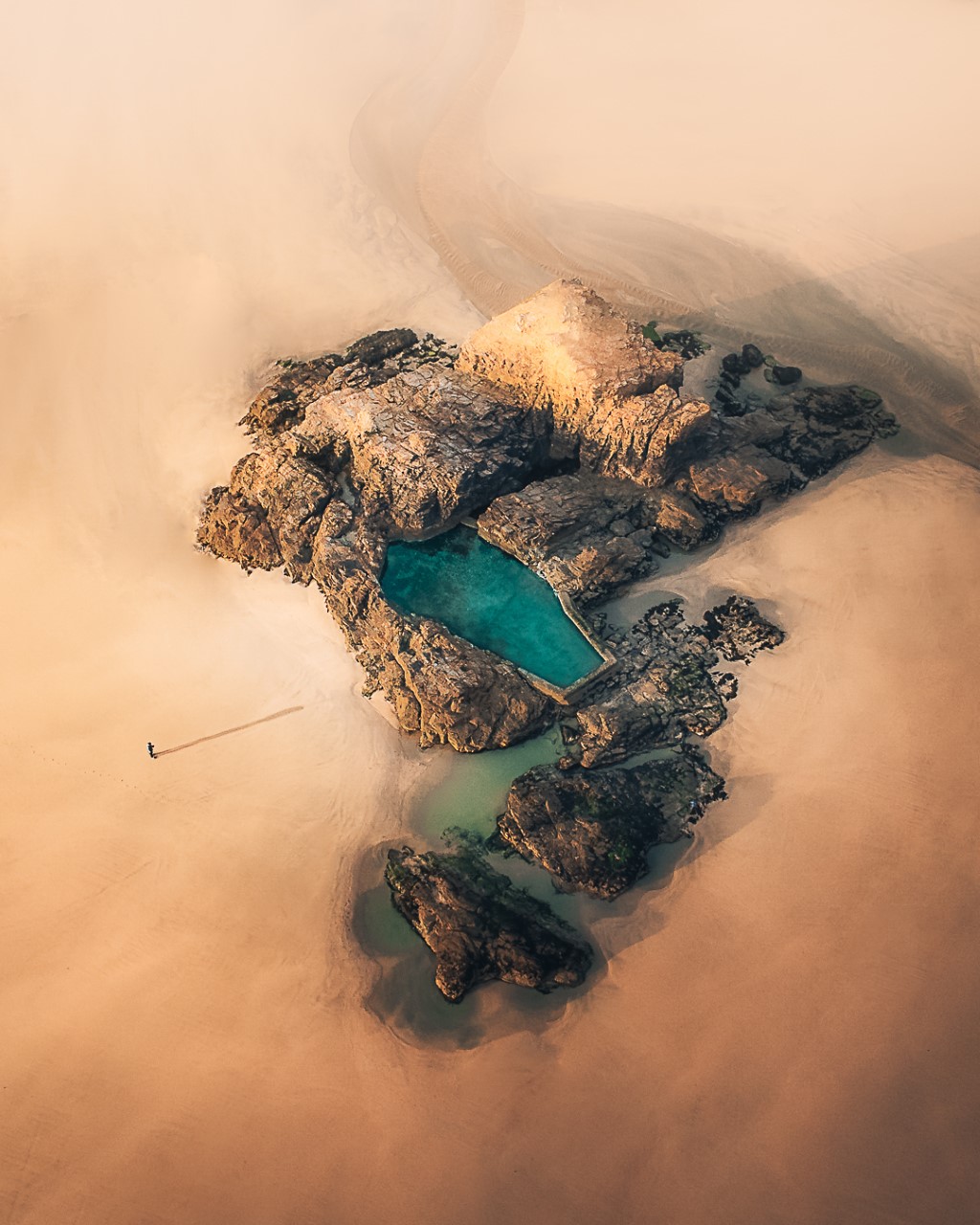 |
|
|
How I edit
When editing my beach photos in Lightroom and Photoshop, I try and make them vibrant and punchy. I like to work with complementary colours, usually oranges and blues from the beach. I often experiment with an edit and play around, trying different things. Don’t be afraid to do something different. One thing that I have learnt when editing is that it doesn’t always happen straight away, if it’s not working leave it and come back another day with fresh ideas and a new perspective. |
You can find more of Carl’s work here.
Also don't forget to subcribe to the Fotospeed newletter here.




